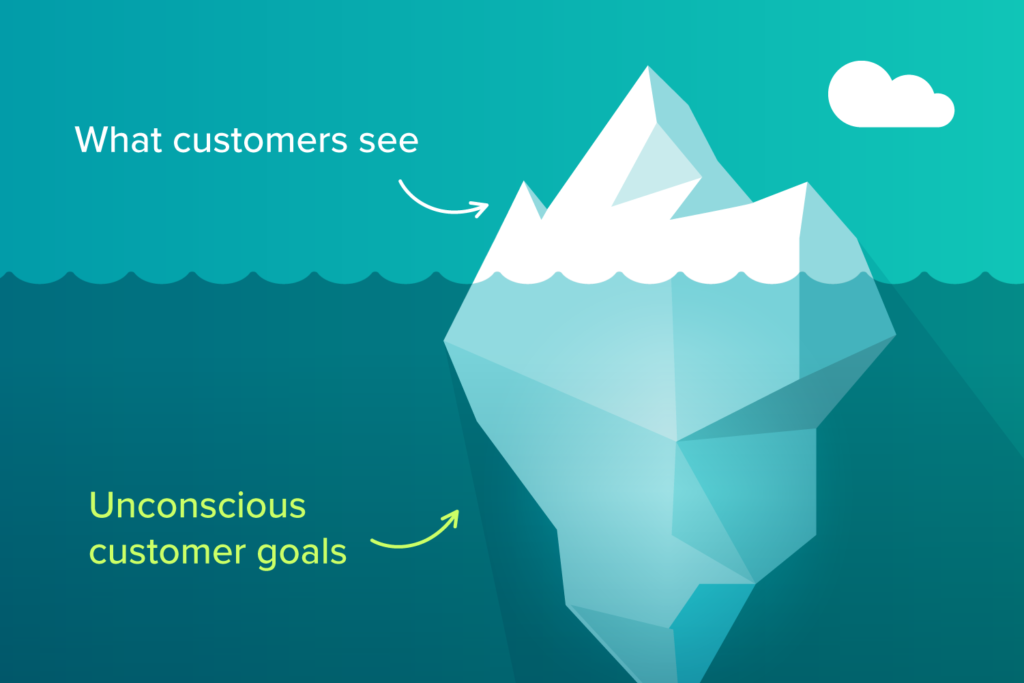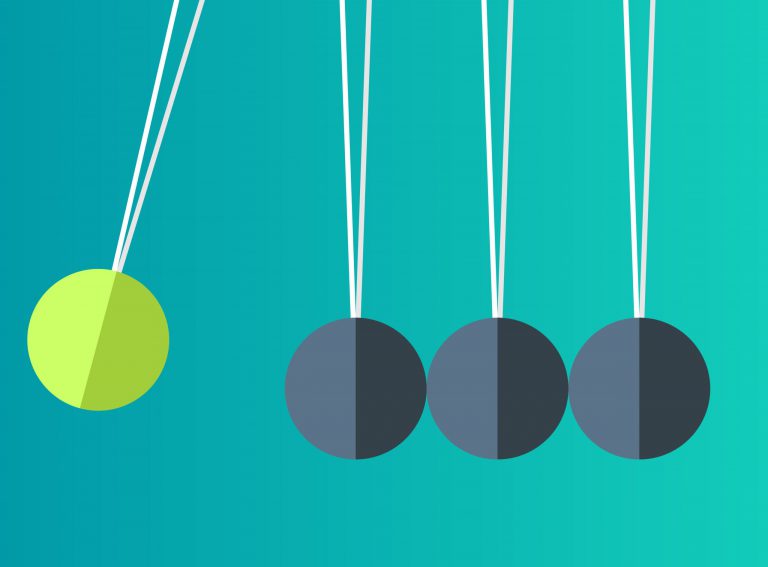
Have you ever heard that your ads are only as strong as your buyer persona? …You mean, that’s not something commonly discussed at dinner tables? Never fear! This is the article for you. We’ll break down what buyer personae are, why they’re useful, and why they’re crucial for creating ads that attract customers and help your business hit its goals.
What is a Buyer Persona?
A buyer persona is, essentially, a summary of who your ideal buyer is, written in their own voice (i.e. first-person, using their style). It hits on key facts about your target customer, including age, income range, location, hobbies, and pain points.
A persona might look something like this…
Example Buyer Persona – Wine Subscription BrandHi, I’m Henry, a 45-year-old father of two and husband of one. I live in Columbus, OH, where I work as a sales executive for a multinational company. My job is very time consuming, and there is a lot of traveling involved. I often find myself with some free time during these trips, during which I love to explore local destinations and cuisine. Recently, I had to travel to California. One of my colleagues suggested we stay for an extra day to visit Napa. On a wine tour with an expert guide, I was amazed by the Napa flavors: they were nothing like I had tasted before. After coming home from that trip, I wouldn’t shut up about it—my family and friends must have heard how wine is made about a thousand times. I wanted to repeat that experience, but with a time-consuming and travel-intensive job, my dreams of being an amatuer Napa sommelier needed to fit in with the time I had at home with my family. I knew exactly which type of wine was for me, but I quickly ran into a problem: access. It was really hard to find high-quality wine online. I ordered from different websites, but I was never fully pleased by what I was receiving. Most places didn’t have a large description on what I’m buying, or the wine didn’t arrive in great conditions. I want to be able to access the wines I like, discover new flavors that amaze me, and grow my collection….from Ohio. |
Purpose of the Persona
So you now know what the buyer persona is, but you’re wondering why it is. Personae help create a snapshot of customers. Through that, marketers can use a buyer persona to then create strong buyer decision questions (BDQs) based on the highest converting customer. These BDQs help inform ad copy and content and unlock the ways a customer makes decisions.
Essentially, BDQs help marketers engage customers and get them to interact with ads, and, ultimately, complete the purchase funnel.
Example BDQs – Wine Subscription Brand
|
Key Take-Away: The Power of BDQs
|
How Does a Persona Relate to Customer Decision-Making?

Ernest Hemingway coined the term “Iceberg Theory.” It’s, essentially, that information (in his case, writing) has two parts: what people can see, and what’s underneath the surface. The surface holds things like words, gestures, tonality. The “underneath” zone consists of the more unconscious and abstract parts of humanity—emotions, fears, desires, beliefs, values.
We can borrow this metaphor when thinking about how to create great ads.
At the top of our ad iceberg is what consumers see— the copy, graphics, CTAs. Underneath are the unconscious forces those visible aspects reference, which drive customers to convert.
If your ad doesn’t appeal to this underneath, unconscious part, it likely won’t be successful. Writing a strong persona is the key to figuring out what will appeal to that unconscious mind.
All human behavior is based on two emotional goals:
- The pursuit of pleasure
- The avoidance of pain
Seems pretty simple, right? But what does it mean for us as advertisers?
When writing a buyer persona or BDQs, we should think about these two goals and how they relate to a customer’s unconscious desire. In turn, when creating ads, we should position how your product can act as a pleasure-giver and pain-avoider.
For example…
- What happiness does the best customer get from using the client’s product?
- Does it fix a problem?
- Make them feel safe in some way?
- Help them save money?
- What might a customer be afraid of…
- that would draw them to the client’s product?
- that they might have about using the client’s product?
Thinking about the unconscious, below-the-surface parts of the iceberg (e.g. Henry buys wine because he wants to feel the pleasure of Napa again) and not just what we can see above the surface (e.g. Henry buys wine) can turn a fine buyer persona into a great one.
How to Write a Strong Buyer Persona in 3 Steps
1) Research the best customer
There are many ways to research a buyer persona. The easiest way to get the data you need to inform your writing comes from 2 main sources:
- Looking at press, testimonials, and reviews
- Demographic info from Google Analytics, focus groups, and first-party data
By consulting these sources, you can make data-informed decisions about which direction to take your persona in.
In your research, pay well mind to information like…
- Who the best customer is (sex, age, lifestyle, income)
- What they might get joy from or be afraid of regarding the product
- Their interests, activities, employment, etc.
- “Voice” on sites they engage with
All of these will become crucial in step two.
2) Write the persona
Now it’s time to use the demographic and interest information from step one. Here are three tips to make your persona as strong as possible:
- Use a real voice.
- Tell your character’s story from their perspective and make it conversational (as if they’re talking to a friend)
- Be as specific as possible. Drill down into the kinds of things this person likes or dislikes to hit the right target. We’re aiming for customer insights, not general customer attributes.
- If you advertise cross-channel, you might even consider how an ideal customer might use various social media (and how that uses changes from chanel to channel)
- Hit on their urgent need.
- What is the primary reason this person is seeking out a solution to the problem?
- What is the tipping point for the customer to take action?
- Remember the iceberg theory? Once you have the “what” and “who” down, here you can flex your psych chops and dig into the “why”
3) Use your persona!
Reread your persona before writing key marketing content like copy, creative briefs, and landing pages. Refer to your BDQs when crafting eye-catching headlines. Then, revise your persona periodically as you discover more about our client’s customers
Want Help?
Our team of marketers are experts at crafting creative and copy that WINS!
We specialize in high-volume testing on Meta, TikTok, and Google. By crafting and relying on great customer personae, we help partners hit their paid media goals. Grow as much as 3x a year with our full-service management.



